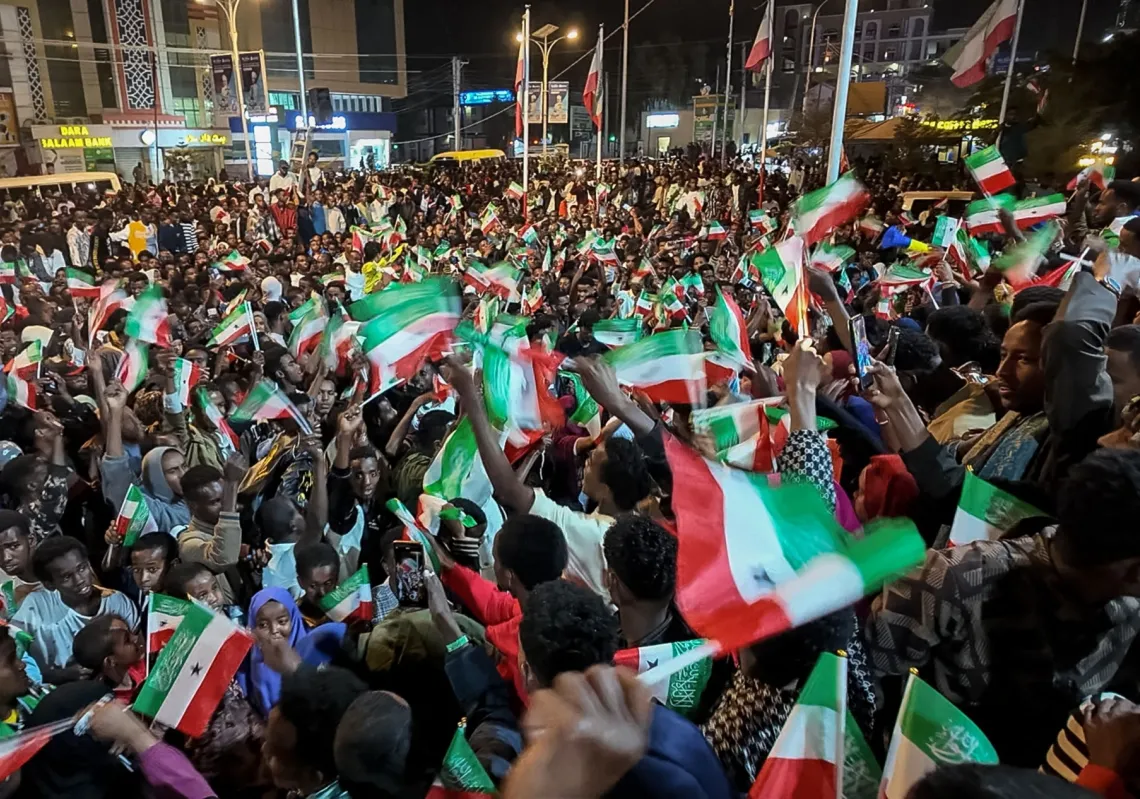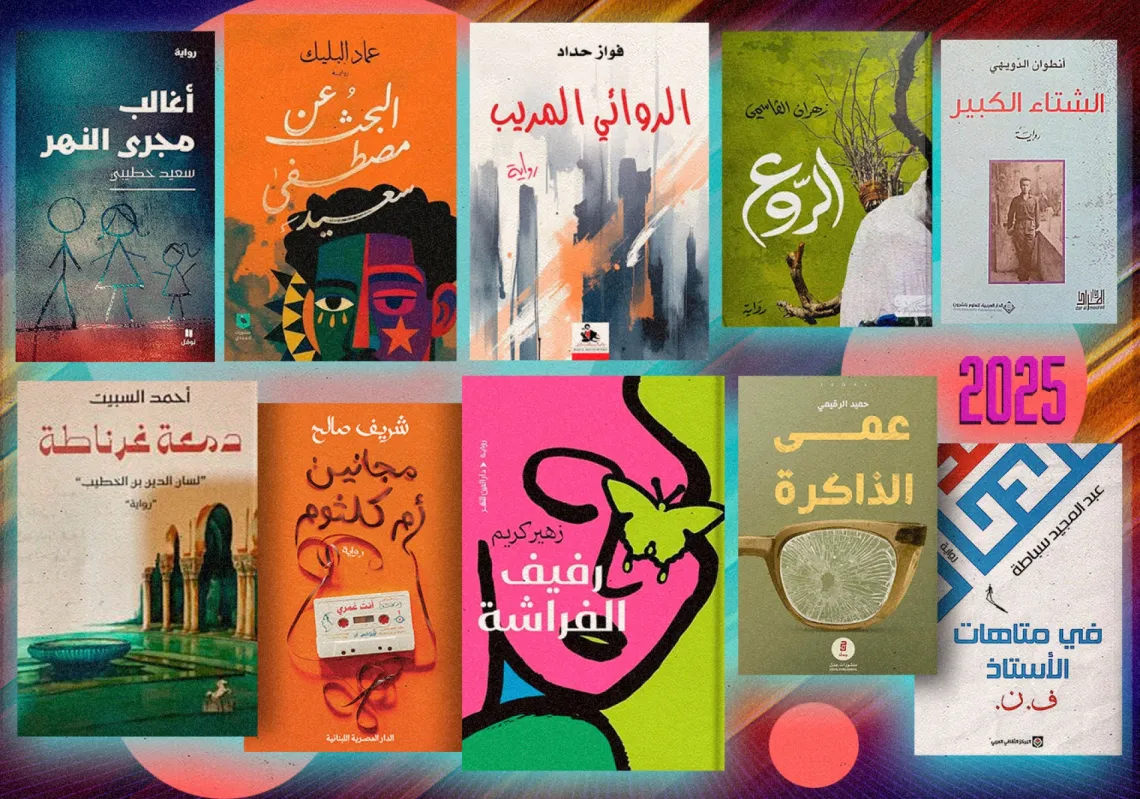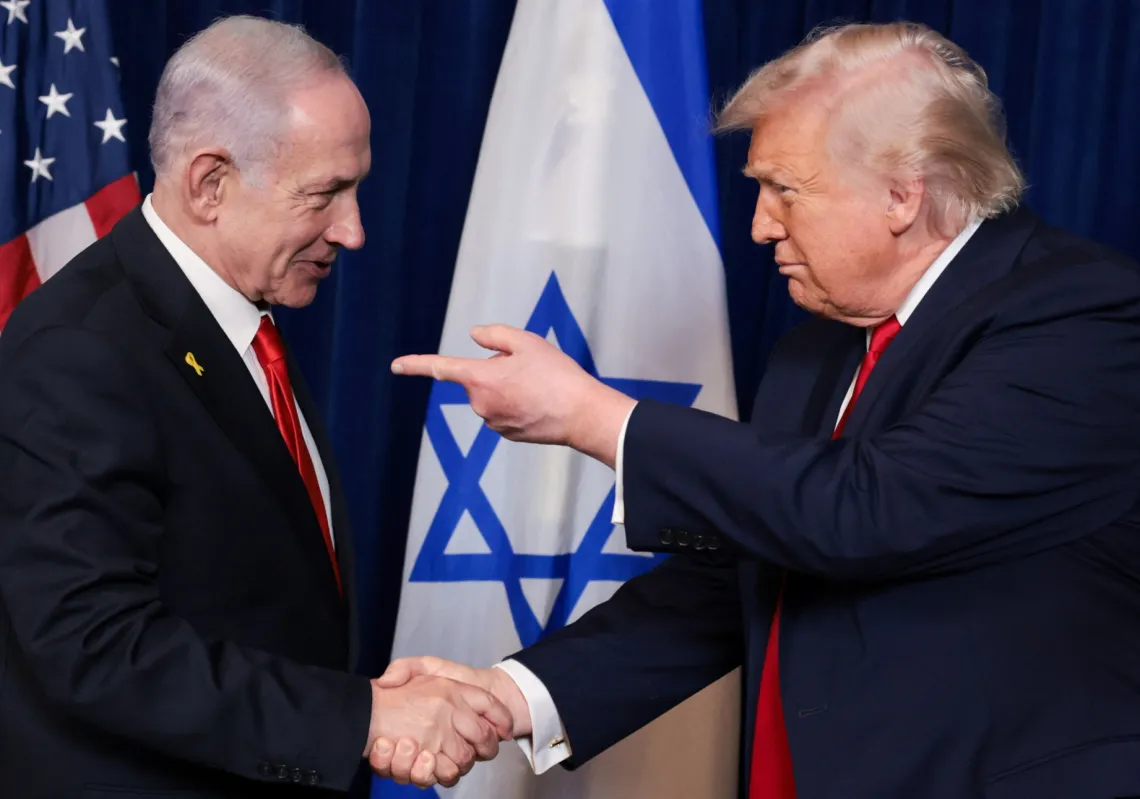"Ah, what a splendid morning," I whisper to myself as dawn unfolds. The sun, even in winter, makes the world look new, easy on the eyes but lighting up the soul.
There are glimpses of joy as one meanders beneath benevolent rays through lanes steeped in history, past trees and fences which bear the imprints of doors long since gone.
A sense of place can produce a deep bond — one far removed from the superficial glance of a tourist. It is formed through the soles of the feet, the drift of the gaze and the scent of the air.
In my wanderings, I seek to unravel the narrative of this place as one might trace the tales of growth held within the knot marks and rugged bark of an ancient tree, revealing a deeper truth from the stories about what has become ingrained.
Here, I can see the epochs and eras. One sight provides testimony from another century, another speaks of a relic of the 1960s, and a third echoes the 1980s.
In one place, only a few stone steps remain as clues from another age, crowned more recently with the regrowth of wild plants. These are the chronicles of other lifetimes, told during the relentless march of days, picked out by the sun's journey through the sky over generations.
Another sight etched into the fabric of the place is frequent: A heart alongside initials or the tender words "I love you" in the vernacular and on the walls and barriers.
Occasionally, there is a date alongside these simple, intimate words as if to anchor the sentiment within the vastness of time or perhaps as a nod to the fleeting nature of our existence.
Maybe they are intended to capture a profound moment – or put down a marker as the inexorable river of time flows all around – stepping stones in the currents.
An indelible mark
As I meander through ancient allies, my thoughts drift to Italo Calvino's ethereal, conjured cities, a testament to the unseen and the unspoken. Simultaneously, Gaza emerges in my mind, not as a vivid portrait but as a persistent presence, an indelible mark upon the fabric of existence.

It's an intuitive weight, like a stone, that we carry in the minutiae of our daily lives as a ceaseless reminder of a reality marred by the grotesque and the incomplete. There is agony and deeply rooted scars. Time, in its relentless march, refuses to heal them.
There is an undeniable truth: genocide leaves an indelible shadow. The wounds its atrocities inflict only deepen with the passage of years.
Time – in its dual guise as both healer and incubator of ill feeling – pushes Gaza into the forefront of my thoughts, highlighting my inability to forget.
Gaza stirs a complex brew of emotions, thoughts, fears, and aspirations; it is a place unjustly sentenced to obliteration, where the earth and its inhabitants endure relentless efforts to make its venerable streets unrecognisable.
Grandeur and potential
Then comes a paradox within the devastation.
The ruins and the rubble are grounds for an “Imagined Gaza” – a place of sanctuary suspended between what once was and what yet may be. It straddles the line between the grandeur of its past and the potential of its post-apocalyptic future.
The essence of this place and its people is endurance. The way they combine two eras – the Gaza that was and the Gaza that remains throughout its trials – becomes a beacon in itself.
It seems plausible that without the cataclysm of World War II, Calvino might never have penned his opus nor envisioned those ethereal cities.
In the bloom of his youth, he witnessed the crumbling of ancient European cities—places rich with the layers of time, distinct in features and boundaries, shaped by generations—into ruins.
These cities, in time, rose from their ashes. Their post-war story is one of modernity embraced, expansion beyond historical confines, and continued civilisation. They became habitable and then flourishing locales.
These cities underwent a form of death and rebirth, with the original fabric fading into oblivion. Cities are but repositories of memory, and their reconstruction cannot revive the lost memories.
This is where literature holds its power.


















